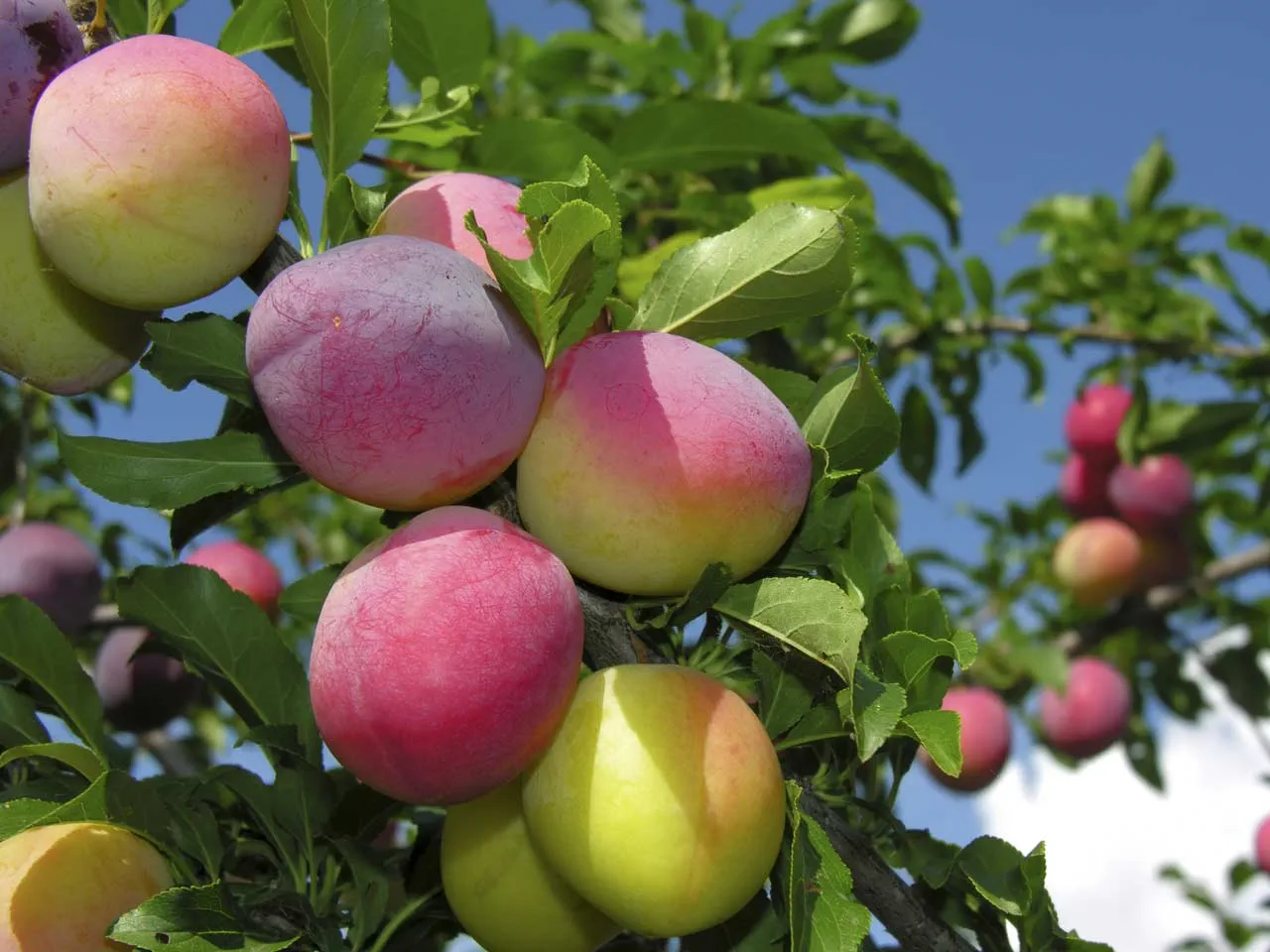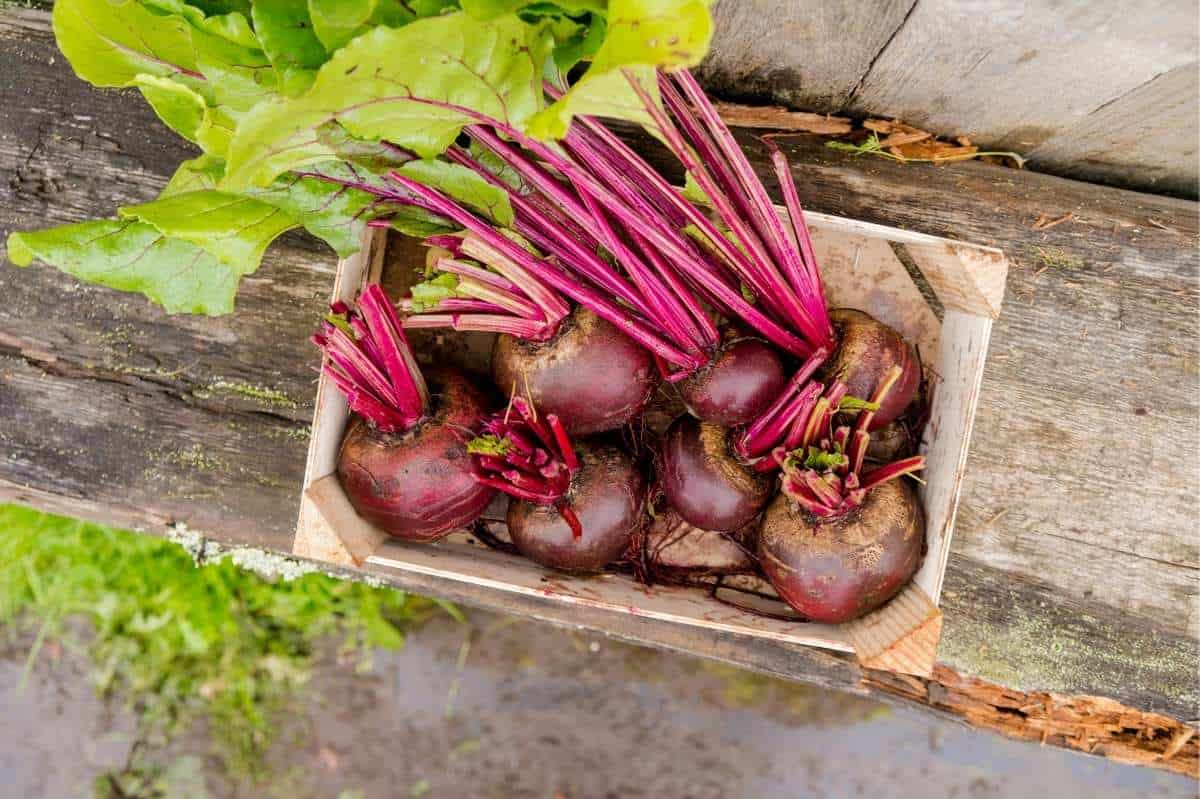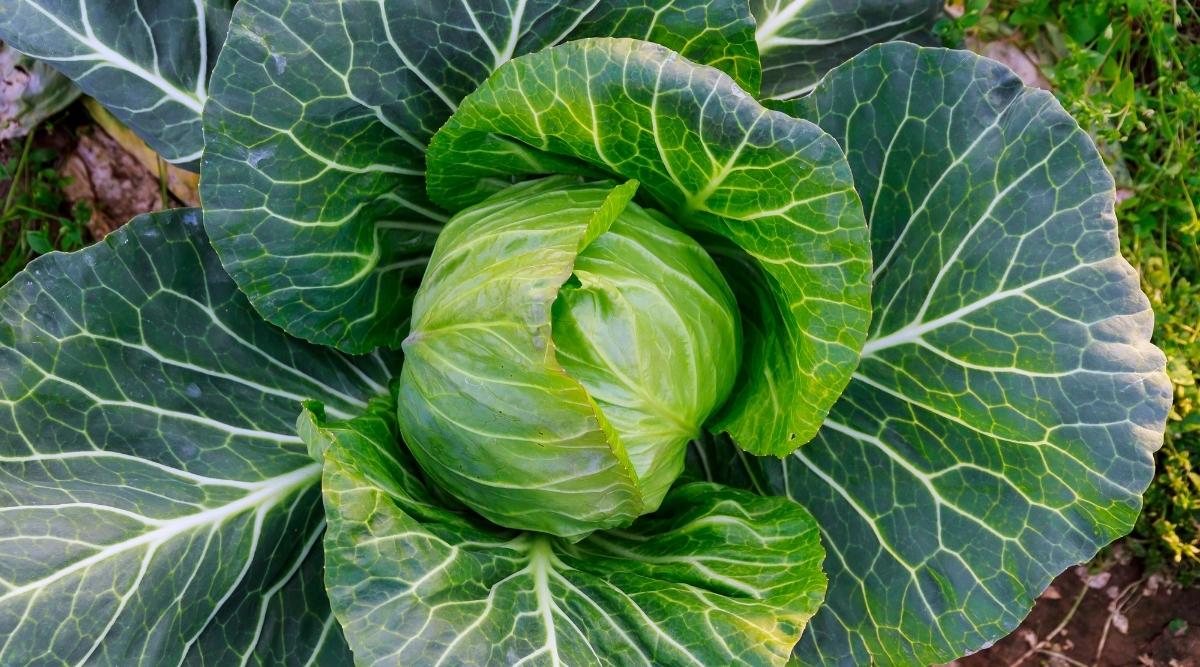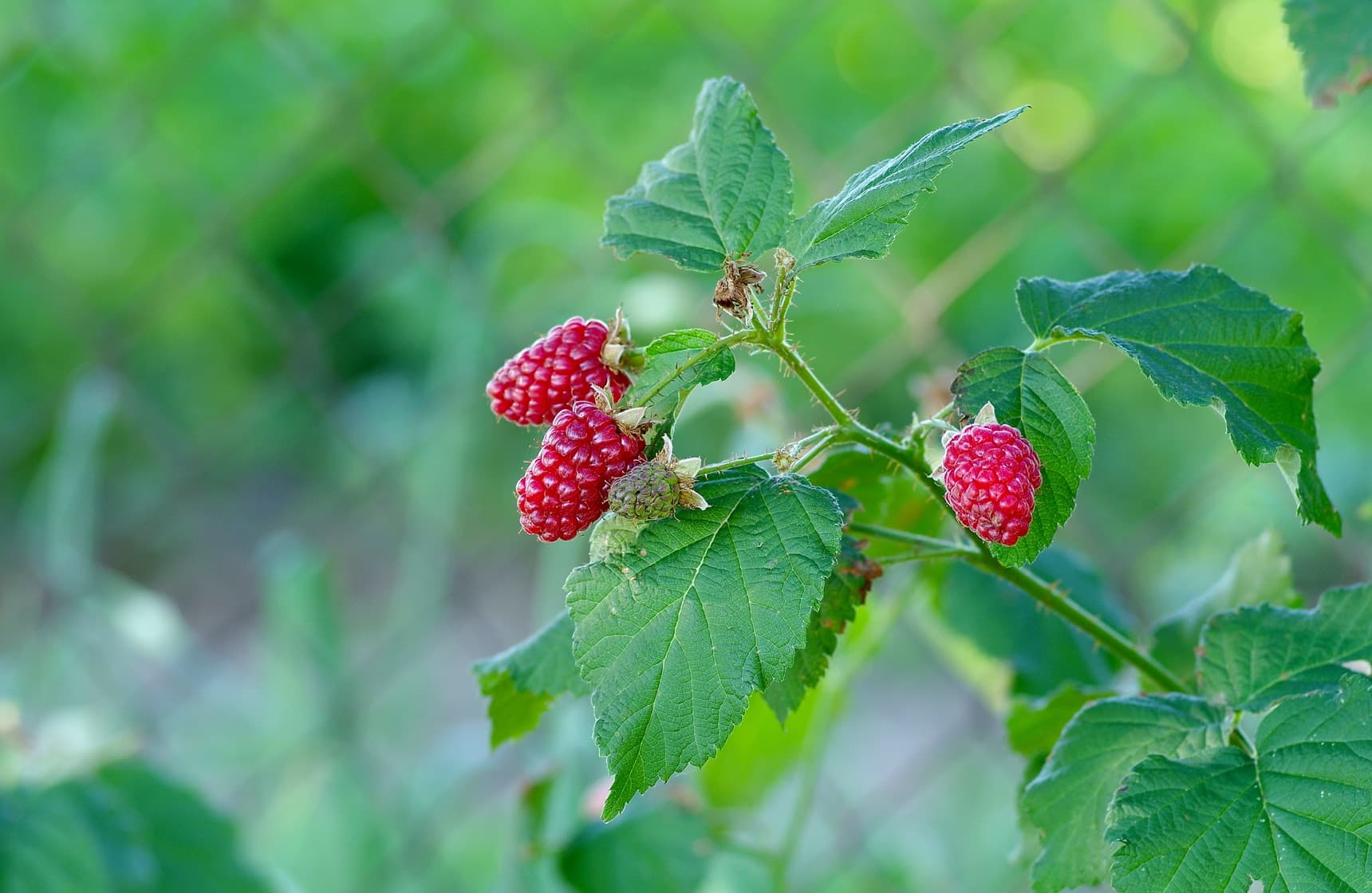A Beginner’s Guide to Starting a Vegetable Patch
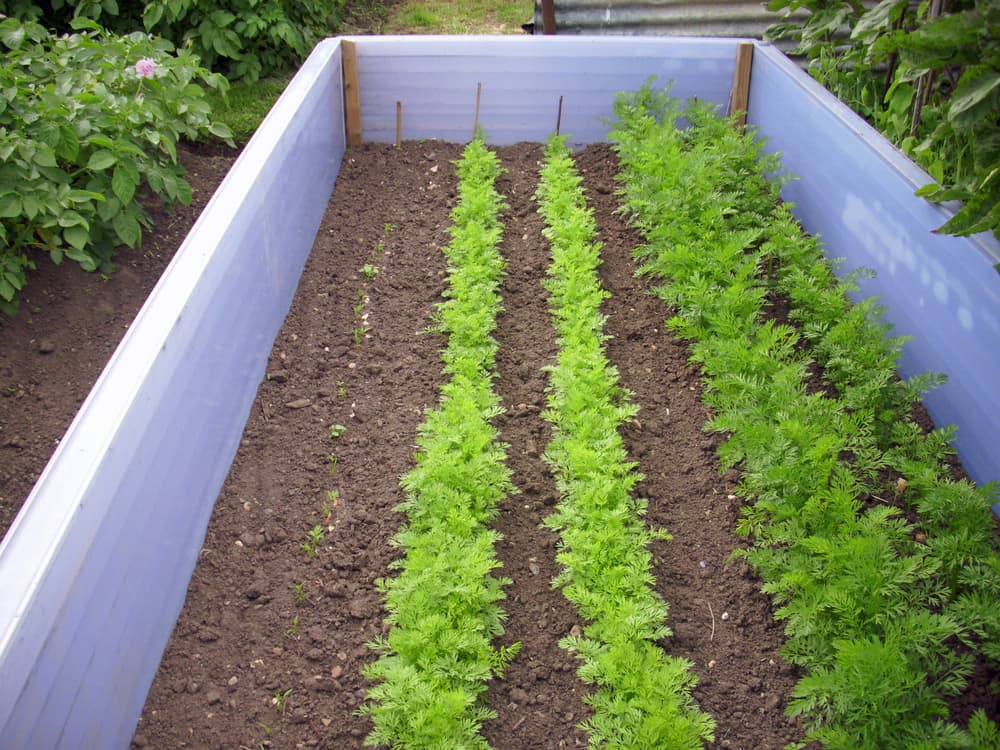
Table of Contents
Are you planning to start a vegetable patch in your garden? Well, not many people know that gardening is a combination of both art and science. It is surely satisfying and fascinating to grow your own vegetables, but it also has its share of responsibilities. To start a vegetable patch, you should plan extensively with thorough research analysis. However, for all those who are new to growing vegetables, we are here with a detailed guide to help you through.
Growing your own vegetables not just saves money but also helps to release stress, anxiety, and depression within no time. It is absolutely relaxing to set up your own vegetable patch.
So, gather all the required information and get started now.
Starting a Vegetable Patch
The trend to start a vegetable patch has become extremely popular in recent times. As people become self-sufficient, they are seen as interested in growing their own vegetables. While it may first appear a daunting task to start a vegetable patch, it is a lot easier and more convenient than it may sound.
Plan Before You Start
As you plan to start a vegetable patch in your garden, don’t rush with it. Make sure to give it thorough planning before actually starting with vegetable patch gardening. Planning before you start will give you enough time to make all the essential decisions to avoid any hassles during the later stages.
1. Find the Right Planting Spot
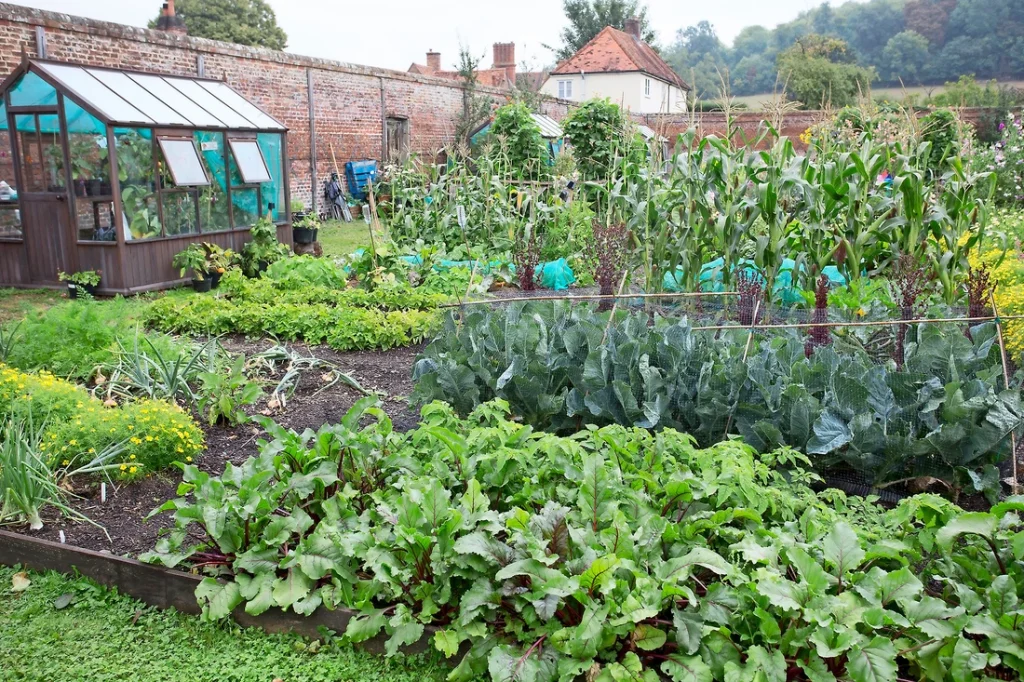
The first step that needs your attention is to find the right planting spot. Consider the variety of vegetables that you want to grow, along with their sizes, to mark the boundaries of your vegetable patch.
Additionally, make sure that the chosen planting spot receives a good amount of sunlight to flourish the vegetable patch. Measure and keep a record of the partial and full sun exposure to the area to understand the impact.
2. Prepare the Ground for Planting
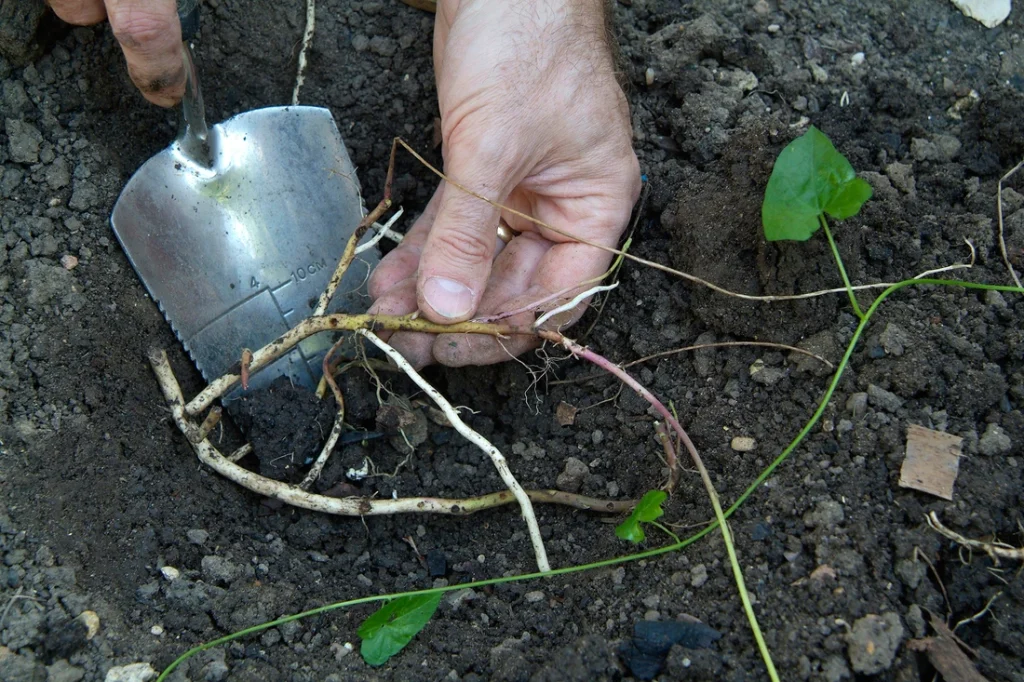
Once you have decided on the desired planting spot, make sure to prepare it before planting the vegetables. Thoroughly clean the ground by removing all the unwanted weeds, stones, dust, lawn, etc., for smooth planting.
Besides this, make sure to use the right set of tools to lay the basic foundation of your garden. It is the time to work on the layout of your garden vegetable patch.
3. Decide What You Will Grow
Other than the perfect planting spot and preparing the ground for planting, you should also decide on the vegetables that you will grow.
If you are a beginner, you can choose to grow tomatoes, carrots, potatoes, beans, strawberries, etc. These are the vegetables that are easy to grow and are also beneficial for your health. For better results, you can plan the vegetables that you want to grow.
Steps to Start Vegetable Patch
As soon as the initial planning is done, it is time to move to the next step, which marks the actual start of the vegetable patch. It may appear challenging, but if you follow the specific steps, you can easily start a vegetable patch in your garden.
1. Start with Digging Deep
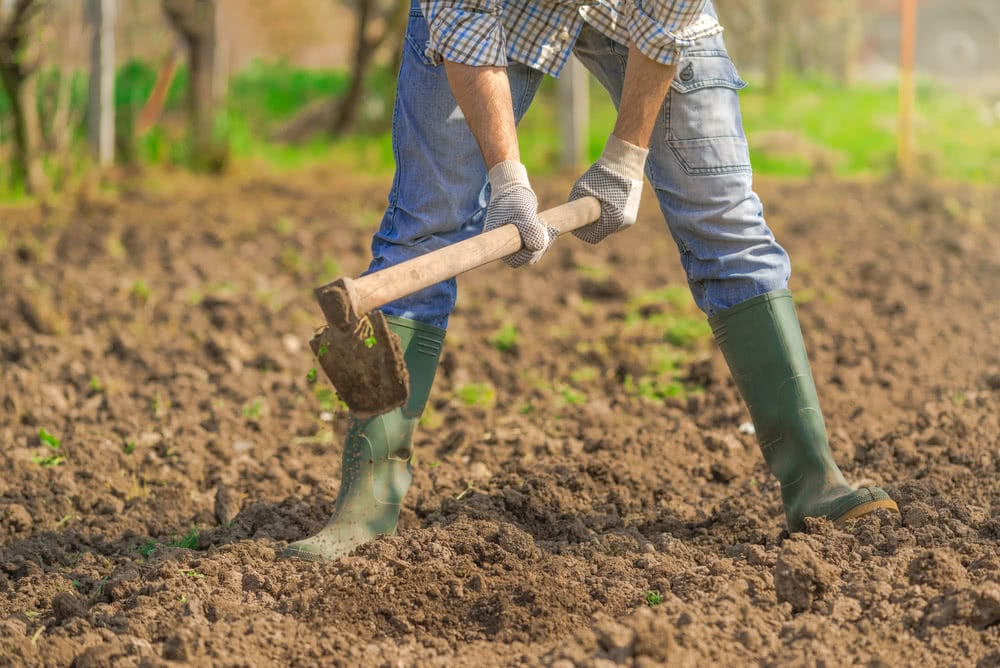
The very first step to start your vegetable patch in the garden is to dig deep. This will clear the soil and also remove the stones, weed stems, and roots that may hinder vegetable growth. You should be careful that the digging should be carefully marked and done to plant the vegetables in the right places.
2. Mix Compost
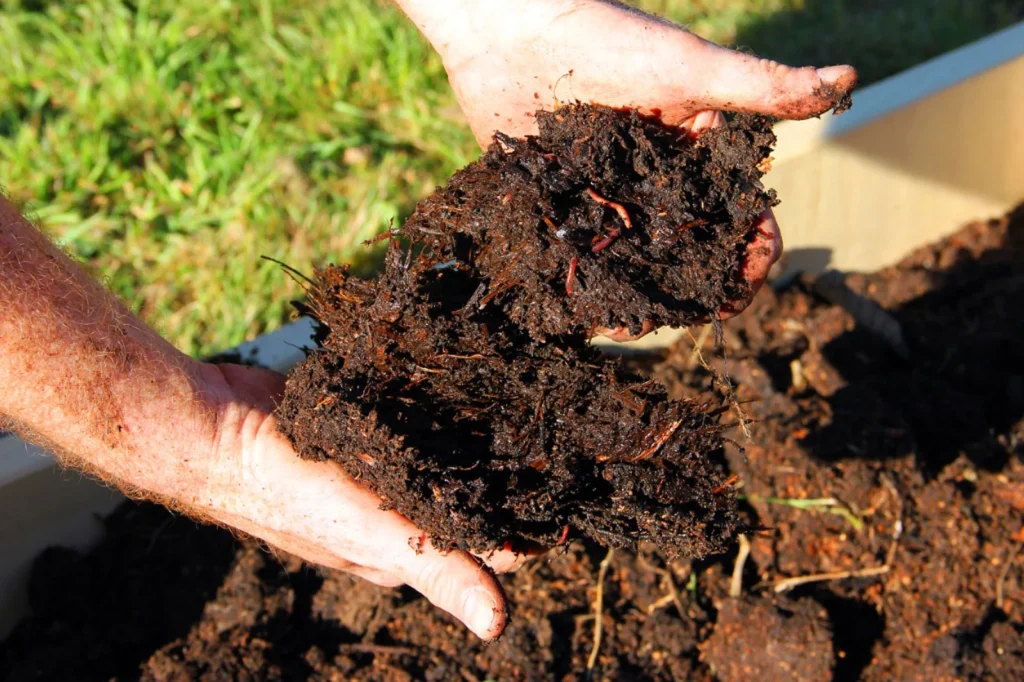
After you have completed the digging, you should focus on improving the fertility of your soil. This can easily be done by adding compost or organic fertilizers to your soil. If you are a beginner, you can connect with an expert gardener to get high-quality compost for your garden.
Adding the right amount of compost to the soil brings the following benefits to the soil:
- It energizes the soil to fasten the vegetation
- It provides the required nutrients to the soil for maximum growth
- It helps in retaining the required moisture in the soil
- You can try adding manure to your garden soil as it helps in growing healthy vegetables
3. Assess Your Soil
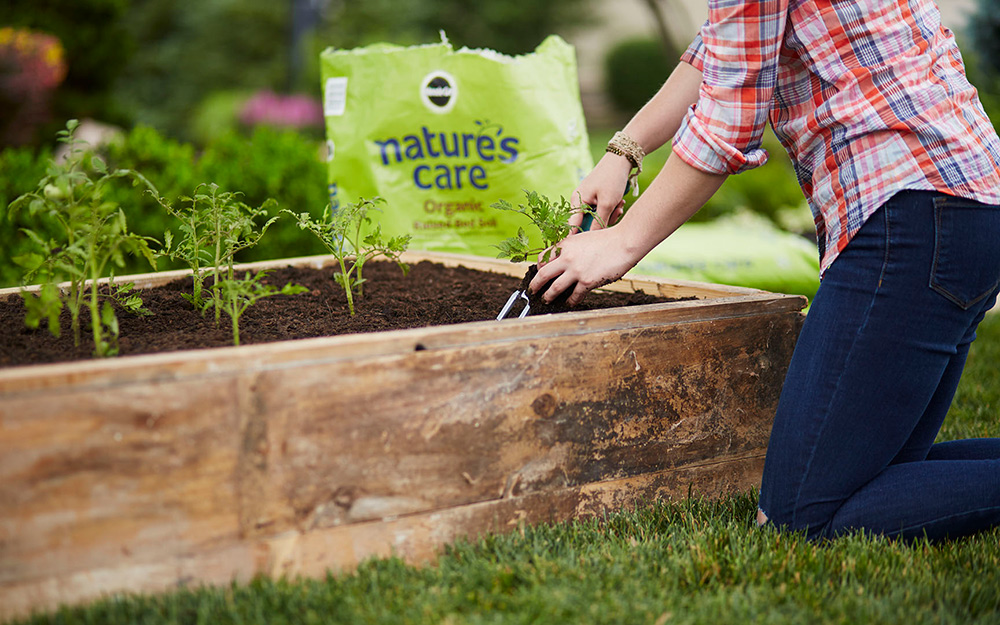
It may sound challenging to analyze and understand the soil type, but it is quite achievable. Fortunately, you can try different ways to assess the soil for a better understanding.
You can either take a closer look at the soil or gently rub the soil across your fingers. This will help you to be aware of its composition and properties to use it accordingly for your vegetable patch.
4. Plan the Required Space for Plants
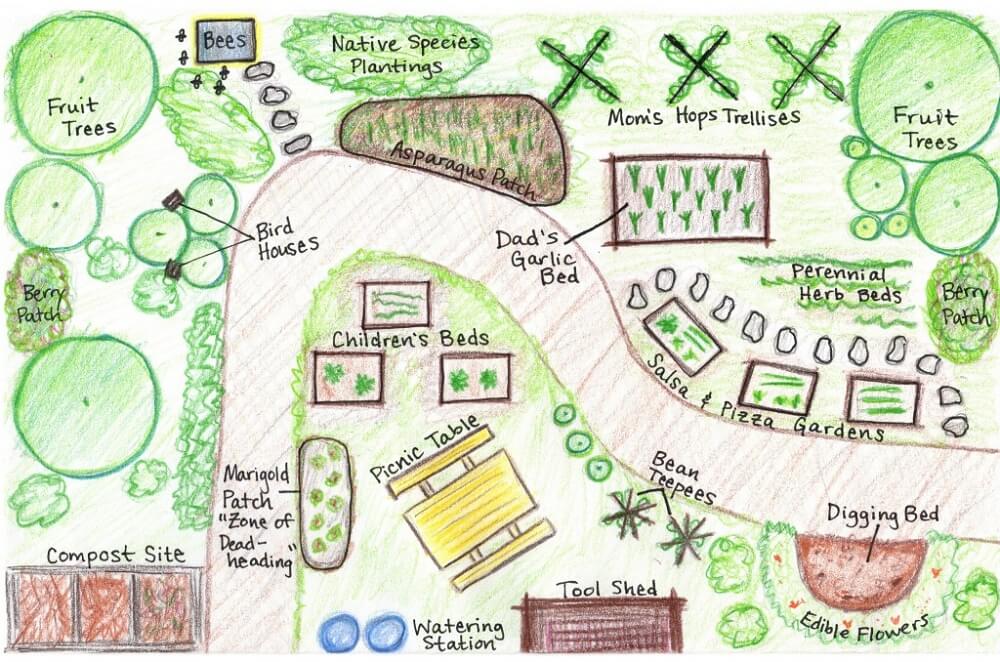
As you pay attention to the planting spot for your vegetable, it is equally important to give a deep thought to the spaces in between. Don’t plant the vegetables very closely as they may interfere with one another, resulting in damaged growth and quality.
Rather you should maintain enough space between the vegetables to give them enough space to grow. The suitable space depends on the type of vegetable, as different vegetables need different spaces to grow their roots. You should keep in mind that the spacing requirements will vary from one plant to another.
5. Consider the Needed Support
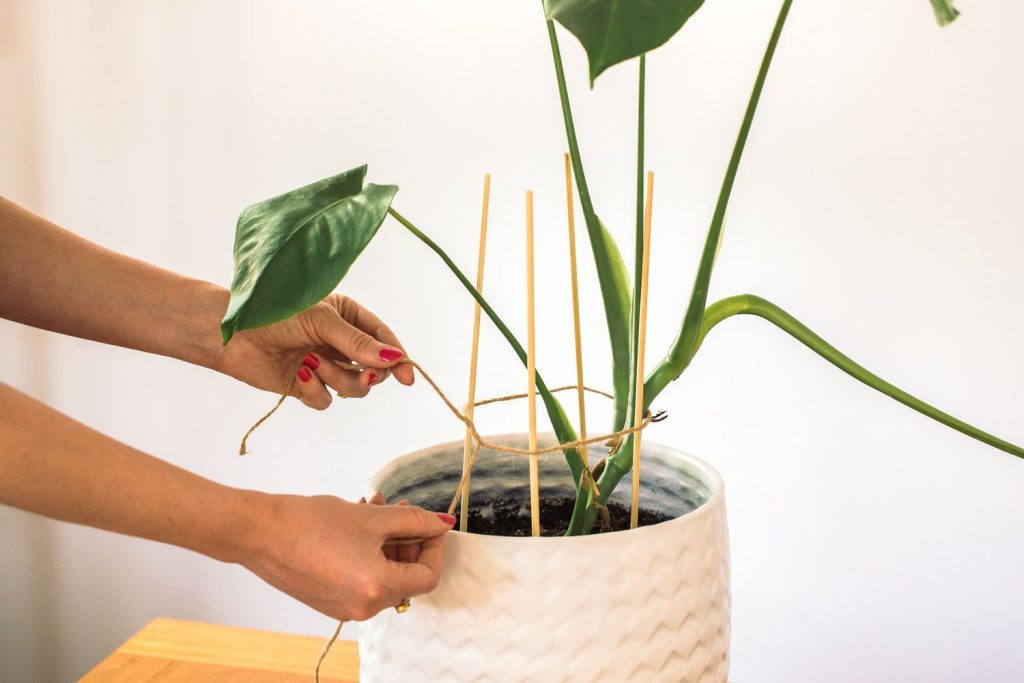
Now that you are starting with vegetable planting, you should be aware that some vegetables need support while growing. The gardeners often use cages and trellises to support the plant, which also helps to avert unwanted diseases.
For instance – if you are planning to grow peas or beans, you need to give additional support to them. On the other hand, you can use trellises to plant tomatoes, eggplant, cucumbers, peppers, melons, etc.
6. Finally, Plant the Vegetables
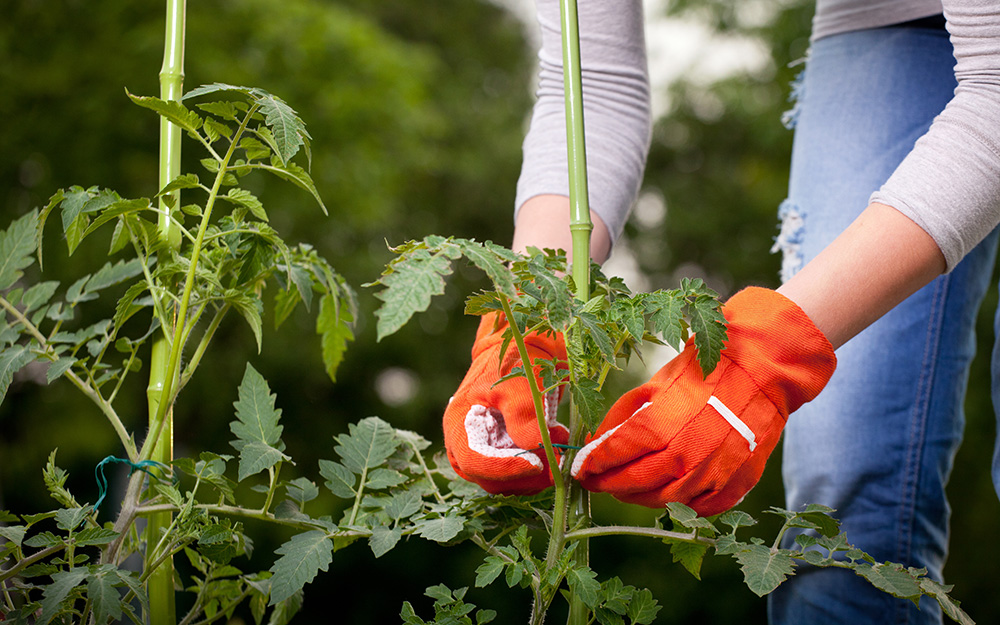
After you have finalized all these essential needs, you can now plant the required vegetables in your garden. Again, if you are a beginner, it is recommended to get expert assistance to plant the vegetables at the respective places properly.
A Quick Tip – if you don’t have any idea about gardening but still want to try your luck with a vegetable patch in your garden, consider growing them in pots or boxes. This will give you enough time to understand the gardening basics and tips.
How to Easily Care for Vegetable Patch?
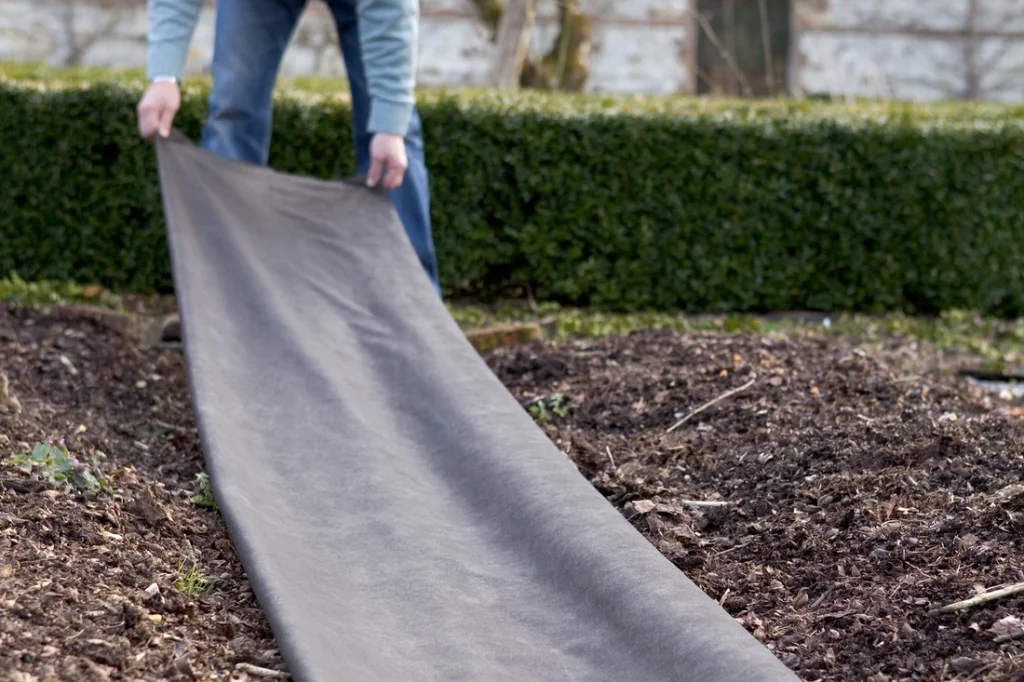
Now, when you are all done to start your vegetable patch, you should also plan to take its best care. You don’t want to get all your efforts to go wasted because of lacking care for the vegetable patch, isn’t it?
Also, taking good care of the vegetable patch will ensure enough help to let it thrive and grow. The more you care for the vegetable patch, the better and healthier your vegetables will be. Thus, it is an essential need to take care of the vegetable patch to let it flourish to the maximum.
These are the steps that you should follow while taking care of the vegetable patch in your garden:
- Water the vegetable patch adequately and accurately. Always remember not to let your vegetables dry out or get extra moist as you water them. If you are growing different vegetables, be attentive to their water needs, as they can be different.
- If needed, mulch the vegetable patch in the garden and then add the required fertilizers to it. This will help the vegetables to grow faster and healthier without any hassles.
- Pay close attention to the soil condition. If the soil is not adequate for the chosen vegetables, your vegetable patch will not flourish as you want.
- Invest your attention in removing unwanted weeds, insects, and pesticides from the vegetable patch. Remember, just a little carelessness towards this can ruin the entire vegetable patch within no time.
- You can also use a garden cloth to cover the plant rows in the garden. If you don’t have proper garden cloth, you can also use plastic pots to cover the individual plants. For the best protection, ensure to cover the plants soon as the sun sets.
These are some of the simple yet effective caring tips for the vegetable patch in your garden. You can also reach an expert gardener for professional assistance with any particular requirement.
Watering Tips for Vegetable Patch
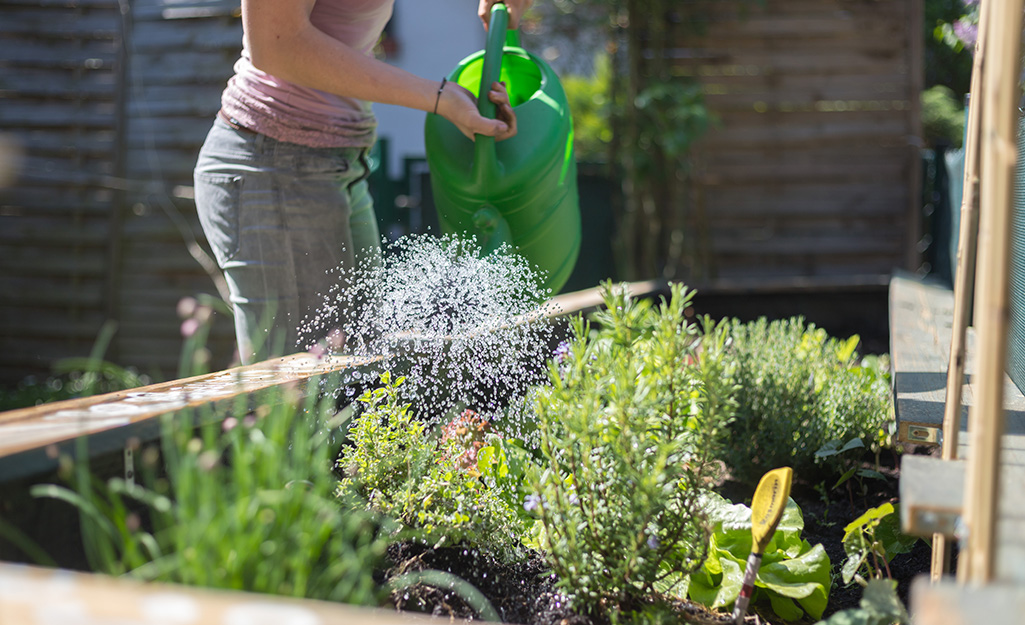
Similar to other plants and crops, your vegetable patch needs a good amount of water to grow and develop significantly. Generally, it is okay to water the vegetable patch 2 to 3 times a week; however, you should be extra careful during the hot summer season. It is the time when your vegetable patch may need regular watering.
Apart from this, here are some of the watering tips that you should consider:
- Water your vegetable patch in the late afternoon or early evening. By doing this, the plants get enough time to recover at night from the day’s stress and heat.
- Water only the plant roots; avoid watering the leaves. Watering leaves may cause leaf spots and fungal infections, which may ruin the overall quality and health of the vegetable patch.
- If you are growing vegetable patches in pots or containers, you should water them more frequently. Usually, the indoor plants in pots dry out easily and, thus, need more water. You can use a plastic baby pool to keep the plants moist throughout the day.
- Not every plant needs the same amount of water. Therefore, you should be aware of the water needs of the respective plant that you are watering.
Careful watering will help your plants grow beautiful and healthy without any complications. Use these tips and shower the required water love on your plant babies.
To Conclude
Starting a vegetable patch in your garden is no anymore limited to specific people. Every year, more and more people are learning and trying to grow their own vegetables in their gardens to eat healthy. You, too, can start a vegetable patch in your garden and enhance your living standard along with the beauty of your place.
However, before you start a vegetable patch in your garden, you need careful planning. You are also required to monitor the growth and development of the vegetables to take the necessary actions if needed. For any more concerning doubts, let us know in the comment section.
Frequently Asked Questions
What Are the Common Mistakes to Avoid with a Vegetable Patch?
When planning to start a vegetable patch, try avoiding the following mistakes to get desired results. Don’t plan too big for the first time with unrealistic commitments. Also, don’t overlook the importance of weeding and watering the plants. Lastly, avoid mixing too many varieties at the same time.
What Are the Major Factors Responsible for a Vegetable Patch?
Whether you are an expert or a beginner, you need to focus on some essential factors to grow vegetable batches in your garden successfully. Choose the right location for starting a vegetable patch, as it will help the vegetables to flourish properly. Feed the right nutrients to the vegetable patch with high-quality soil and compost.
What Are the Easy Vegetables to Grow in The Garden Patch?
Some of the easiest options for a vegetable patch in your garden are – pepper, peas, lettuce, radish, tomatoes, green beans, beets, carrots, zucchini, spinach, kale, etc.
How to Choose the Right Vegetable?
When planning a vegetable patch in your garden, it is important to choose the right vegetable. Plant what you and your loved ones like to eat, considering the real needs. Be well-prepared to take the best care of the vegetable patch. Be very sure only to use high-quality seeds for planting.

